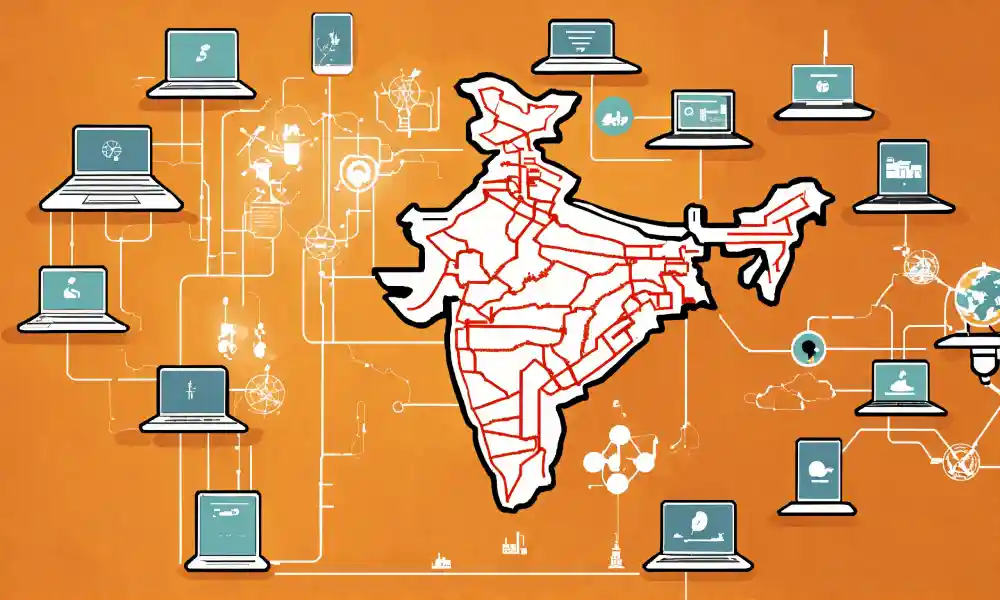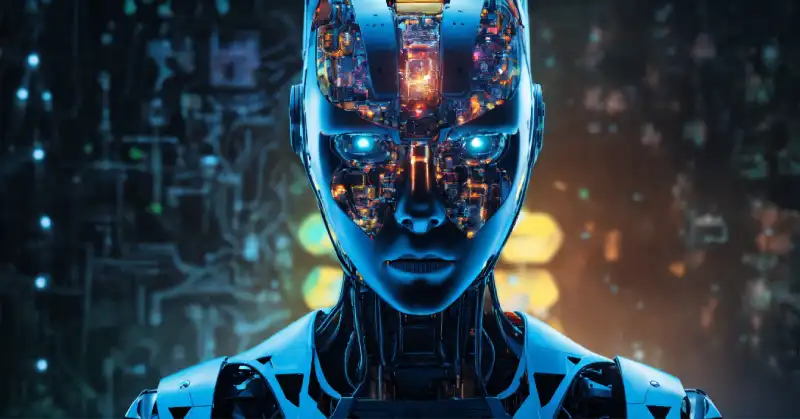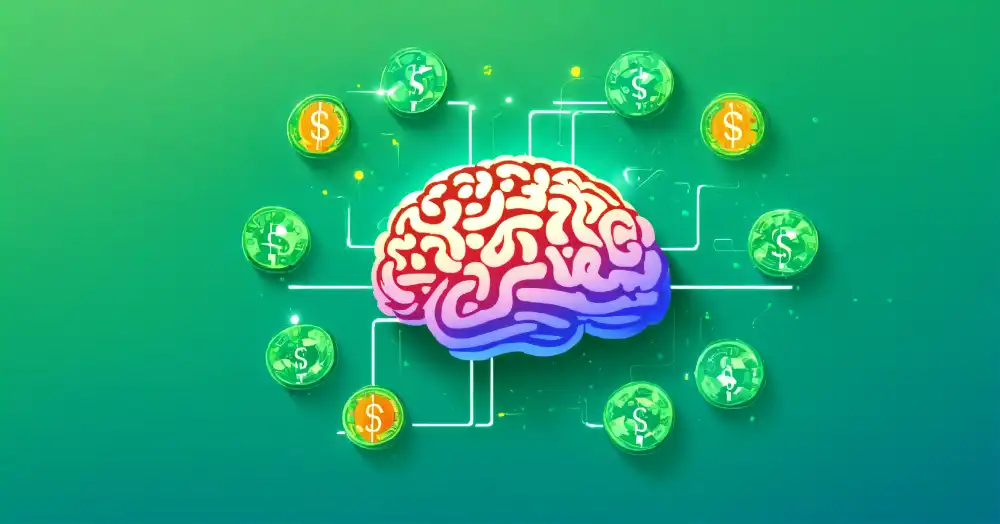Author: Satyen K Bordoloi
Satyen is an award-winning scriptwriter, journalist based in Mumbai. He loves to let his pen roam the intersection of artificial intelligence, consciousness, and quantum mechanics. His written words have appeared in many Indian and foreign publications.
Like between siblings, where one is popular while the other does the grunt work, Enterprise AI is emerging as a winner in the big basket of AI finds, Satyen K. Bordoloi Somewhere in a materials science lab in Silicon Valley, an enterprise AI system just designed its 41st novel compound in the time it takes most of us to finish our morning coffee. Meanwhile, at a Mumbai law office, another AI assistant just helped reduce contract review time by 85% saving hours of tedious work. And deep in a Chennai hospital, doctors are consulting an AI chatbot trained on five…
India is a key market in the gold rush for the next billion AI users, writes Satyen K. Bordoloi In October, Google surprised India by announcing a partnership with Reliance to offer Jio subscribers a complimentary Google AI Pro subscription for 18 months, valued at ₹35,100. Earlier in the month, OpenAI had announced that it would give a ₹399 per month ChatGPT Go subscription to every Indian for free. Google itself has been offering a free year’s subscription to students since July. Additionally, if you are an Airtel user, you can claim a free year’s subscription to Perplexity Pro. CoPilot…
If a restaurant chain loses $100 million because AI bots instigated humans, that era is of manufactured outrage – where the loudest voices in the room aren’t even human, writes Satyen K. Bordoloi Many sayings warn us against falsehoods: A lie travels the world multiple times over before the truth even has the chance to wear shoes, or that a lie repeated enough becomes the truth. Turns out, these two are at the centre of a global network of what Edward S. Herman and Noam Chomsky called Manufacturing Consent, except now it is done by brewing outrage in an algorithm.…
AI browsers from AI companies promise to revolutionise your work, but it could also endanger you, Satyen K. Bordoloi warns. That AI is the panacea for everything digital has long been touted. Yet, the AI browser wars are taking it to a different level. First came Dia by The Browser Company with its beta version in June 2025, followed closely by Perplexity’s Comet in July. Just in October, OpenAI announced its ChatGPT Atlas browser, which seems to have prompted Microsoft to make CoPilot look more like an AI browser. With other major browsers like Microsoft Edge and Opera had integrated…
Contrary to research so far, a non-peer-reviewed paper stating that being rude to LLMs makes them better has gone viral, but Satyen K. Bordoloi finds the truth is more complicated than clickbait headlines. A few months ago, based on the research up to that time, I had reported in Sify that you should be polite to your LLMs. However, a recent paper, “Mind Your Tone: Investigating How Prompt Politeness Affects LLM Accuracy”, by Om Dobariya and Akhil Kumar from Pennsylvania State University, seems to suggest the opposite, i.e. the meaner you are to your AI, the better answers you get.…
The recent US government tariff on India could be an opportunity in disguise if India plays its cards right, particularly to ace AI, writes Satyen K. Bordoloi. The 50% tariffs on Indian goods imposed by the Trump administration are one of the biggest trade challenges India has faced in decades. Nearly half of our $87 billion exports to the US are now subject to these punitive tariffs and affect critical sectors from textiles and gems to automotive components. The economic stakes for the nation, companies and millions of people are naturally high. Yet, inside the crisis, there is an opportunity…
Decades before ChatGPT, two economists modelled ‘creative destruction’ while a third found out why societies fail. In 2025, their Nobel prize becomes a survival guide for the next two centuries and beyond, finds Satyen K. Bordoloi. The theme song of The Big Bang Theory goes: Our whole universe was in a hot dense state, Then nearly fourteen billion years ago expansion startedFrom all those 14 billion years, till about 200 years ago, human progress was like the clichéd old scooter in Hindi cinema – it sputtered, rather than roar to life. However, just as the rest of the song goes…
It took an emotionally complex man to first imagine a world in which machines could ‘think’, writes Satyen K. Bordoloi I don’t recall the AI system I was tinkering with back in 2019, but I remember my reaction: a surprised chuckle. This was before LLMs became as common as phones. I had asked this nascent intelligence to create an original joke. Curious, yet convinced the system must have scooped it up from the internet, I conducted a thorough search on various search engines. I found similar structures and setups, but never the exact joke. It left me convinced the AI…
In the high-stakes AI world where success is often measured by size, a compact LLM from the Middle East is giving Western models a run for their money, writes Satyen K. Bordoloi. The mantra of the AI world has always been simple: more is good, and bigger is better. Take the United States and China as examples: Both have been engaged in a colossal arms race, building models with hundreds of billions of parameters, requiring immense computational power and capital. China’s DeepSeek in January challenged the US’ supremacy. And now, a model from an entirely unexpected corner of the world…
Many have made it their business to predict the AI bubble burst. But an analysis of computing history should make it abundantly clear why it is never going to happen in the way they predict, writes Satyen K. Bordoloi. At the AI doomsayers market, two types of wares are for sale. First warns of the ‘Terminator scenario’: AI becomes so intelligent that it tries to kill us all. The second: AI valuations are so overblown, it’ll take down the market when it blows and the world along with it. The second seems more reasonable as numerous experts argue AI is…













